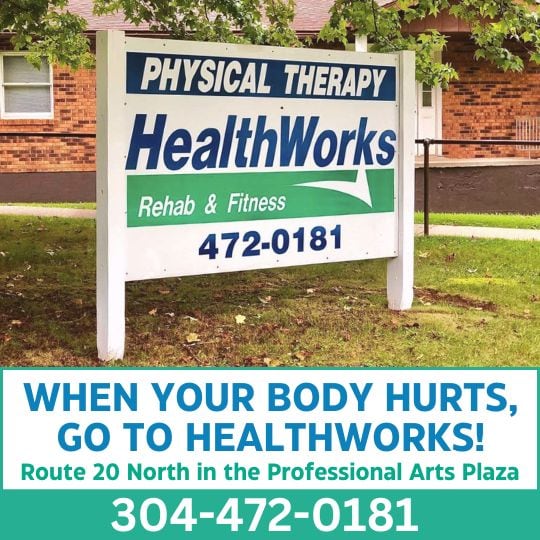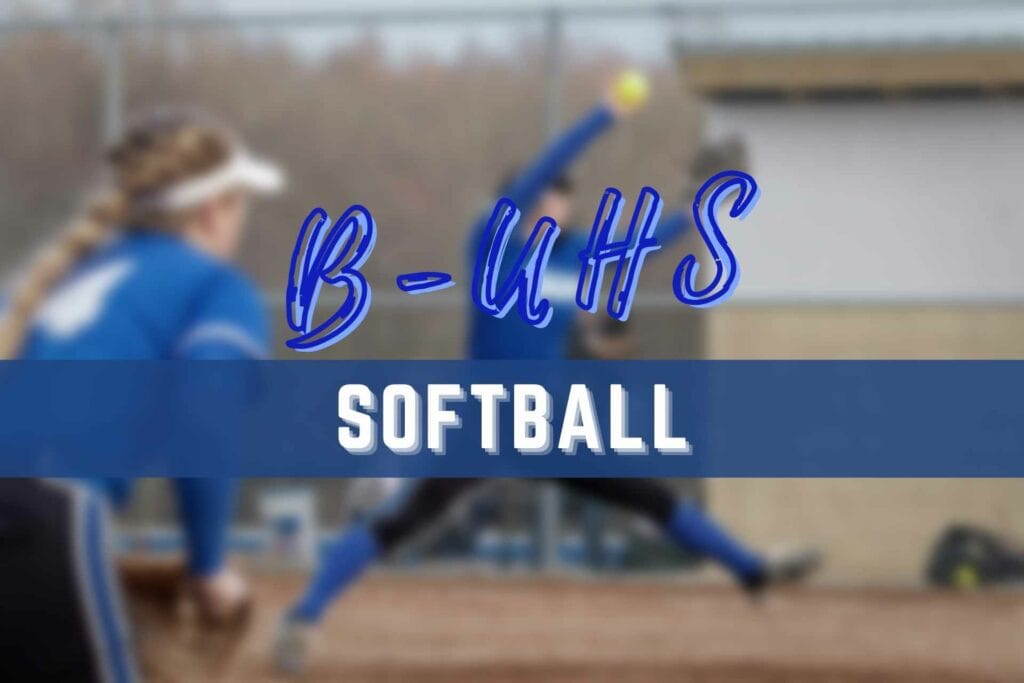Editor’s note: This story originally appeared in the Statehouse Spotlight newsletter published by Mountain State Spotlight. Get coverage of the legislative session delivered to your email inbox Monday – Thursday; sign up for the free newsletter at mountainstatespotlight.org/newsletter.
By Henry Culvyhouse, Mountain State Spotlight
When EMS workers from across the state braved the snow to lobby at the Capitol on Monday, lawmakers in the House of Delegates were quick to give their thanks and appreciation on the floor.
As the floor session came under way, delegate after delegate stood up, thanking their local EMTs and paramedics for the sacrifices they’ve made to serve communities, both big and small, across the state.
But the EMTs weren’t there for thanks – they were asking for funding. According to the West Virginia EMS Coalition, 15 EMS agencies have closed in the state since 2022.
Some spots in the state see response times going over an hour for ambulances, Office of Emergency Services director Jody Ratliff told lawmakers during a November meeting. He said the difference maker — from statistics on calls over the last year — was counties with decent response rates have local levies to pay for the service, while those with terrible rates do not.
That means a heart attack or stroke patient could wait more than an hour before an ambulance comes and picks them up, according to Ratliff. Better funded counties have tried to pick up the slack in neighboring counties, which in turns has spread services thin, Ratliff noted.
During last year’s session, a bill that would’ve provided a permanent funding stream for EMS agencies died on the final night as lawmakers in the House and Senate disagreed over where the money should come from.
Several months later during an August special session, the Legislature put away $10 million to boost EMS pay. EMS workers, who experience high turnover rates and some of the lowest pay compared to surrounding states, are asking lawmakers to make that permanent.
Gov. Jim Justice’s budget is already proposing $20 million for equipment and training, to be divided between EMS and fire services.
Another big ask for EMS is a bit of an in-the-weeds rule that has big implications on funding.
While emergency ambulance service is publicly funded, they also collect funds through billing insurance providers. The problem is, under current West Virginia law, EMS providers can only bill if they take the patient to the hospital.
So if a patient refuses to go to the hospital after an EMT gives them Narcan to snap them out of an overdose, the agency doesn’t get paid.
Del. Joe Statler, R-Monongalia, said he intends on introducing a bill to change that law. Noting that many people who are revived from an overdose may not have insurance at all, Statler said he also wants to introduce a bill to have EMS agencies tap into opioid settlement money to cover that.
Prior to session, Speaker Roger Hanshaw, R-Clay, said there was going to be a push this year to provide funding for both volunteer fire departments and EMS.
But Statler said while he’s got “a lot of irons in the fire” with bills ranging for more state support for equipment, mental health and lowering the threshold for an ambulance levy, “it’s hard telling how many will get hot enough to brand.”
“I think the best we’ll do this session is nibble at a lot of these issues,” Statler said.
Reach reporter Henry Culvyhouse at henry@mountainstatespotlight.org.
















